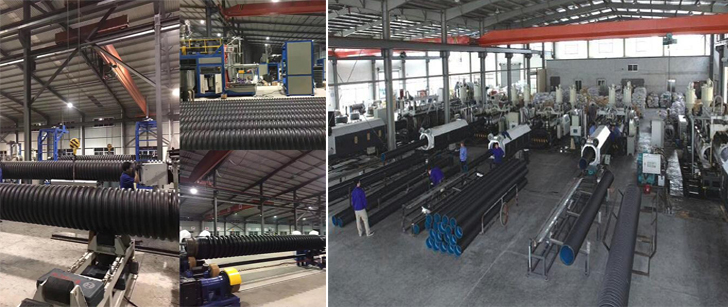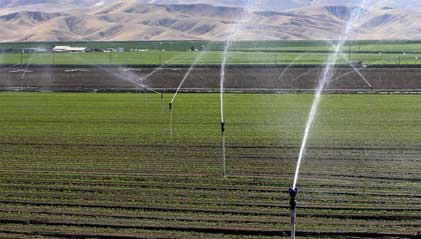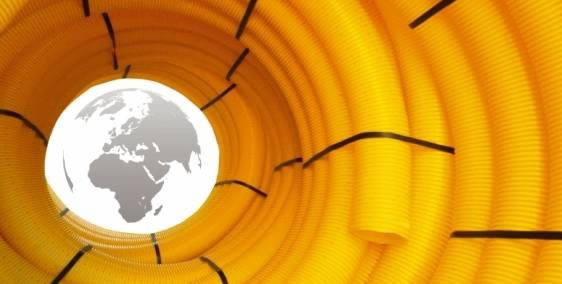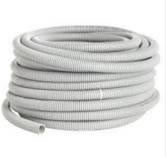China 's well-known trademark
ZZ Industrial (shanghai) Co.,Ltd.is a family enterprise that integrated research, development, design, manufacture and trade. ZZ Group factory was established in 1998 October. The factory already has twenty years experience and history. During these years, the company is committed to development and production for fire resistant plastic corrugated soft tube and plastic soft tube. The main products are over 10 kinds of various specs of plastic soft tube, and can customize colors, diameters and thickness according to customer’s request.

Thanks for your trust and support to ZZ Industrial (shanghai) Co.,Ltd. Here is the proposal according to your request, pls. Kindly review. We sincerely wish can provide you perfect machine and services.!
 |
ZZ Industrial (shanghai) Co.,Ltd |
|
Why Choose Linker Tube? |
| Sales: Paul |
Customized Solutions |
| Mobile: +86 13167029626 |
More Than 60 Years of Experience |
| E-mail: info@pvccorrugatedpipe.com |
We have acquired in-depth industrial knowledge |
| Tel: +86-21-51061761 |
Skilled Manpower With Adequate Production Facilities |
| Add:83# North Hongxiang Rd, Songjiang, Shanghai,China |
Follow International Standards of Operation & Production |
     |
Excellent Customer Support Services 24x7 |

History
Even the ancient Babyloniens already knew about drainage. Since then, the art of drainage and improving sub-surface water management has been continuously developed. A slow process, which, however, saw a revolution in the 1960s.

Drainage – almost as old as human civilization itself
Drainage dates back to ancient times. Even back then land use intensification was an advantage. As early as 2000 BC, the first clay pipes, the forerunner of today's drainage pipes, appear in Babylonia. In the Middle Ages, the art of drainage was temporarily forgotten. Modern times drainage systems made of wood, fascines and gravel came into existence again in England around 1650, in Scotland and Germany they were also made of roofing tiles. Literature on the drainage of swamplands was published in Scotland in 1755. The method of drainage has remained relatively unchanged over the years.
Open ditches and underground channels were built. In the 18th century, open-ditch drainage systems were predominantly replaced by pipe drainage systems.
The invention of the clay pipes press in England around 1840 boosted drainage in Europe. The following period of mechanically manufactured drainage pipes made of baked clay led to a further development of drainage through agricultural field tests. The first machines for installing drainage pipes were developed around 1940. Initially, the focus was on mechanical excavation. Trench beds were created and backfilling was initially made by hand. After 1950, machines were increasingly used to install drainage pipes. In the late 1950s, perforated plastic pipes, initially with smooth walls, that were lighter and more durable and which could be installed more quickly, were increasingly used.
The 1960s – an idea is born
The 1960s marked the origin of FF-Drän in Germany, an idea which revolutionised the world of drainage! The inventor of the first mechanical plough to install drainage pipes had become interested in the continuously extruded plastic conduit by FRÄNKISCHE, which was well-known even then – the yellow FF-Drän pipe was born.
The first continuously extruded corrugated and flexible drainage pipe made of PVC-U was a pioneering product by FRÄNKISCHE which redefined the state of the art.
This was the start of an unprecedented success which formed the basis for other innovations. When talking about the "drainage pipe", one inevitably thinks of the "yellow pipe".
In addition to the coil design, particularly the flexibility of the pipe is an exceptional product feature which allowed the breakthrough in installation. With this flexible and slit plastic pipe, FRÄNKISCHE initiated a fundamental change in drainage technology and created the prerequisites for continuous and above all efficient drainage pipe installation.
Basics
Agricultural drainage maintains or improves crop yields of agricultural surfaces. It allows mechanised agriculture and improves the profitability of agricultural businesses.

Definition
The word drainage derives from the English language an generally means "draining, conducting water away or outflow".
Apart from the parallel use of the term in medicine, drainage is defined as the production of artificial underground water lines - pipe drainage or open-ditch drainage, in order to remove excess water from the area.
Importance
The goal of drainage is to improve the sub-surface water management of a certain location. Drainage is in particular used in agriculture, but also helps to protect urban, industrial, recreational, sports and traffic facilities and buildings. It also creates living environments. Drainage does not only increase profitability but also eliminates difficulties, conserves soil and allows mechanised agriculture which is indispensable today.
Soil is a non-renewable resource. The rapid increase in human world population, on the other hand, increases the demand for food produced on this soil.
Functionality
A system for agricultural drainage consists of suction pipes and a collector pipe. Water percolates through the percolation openings in the pipe wall into the suction pipe. The pipes literally suck the water out of the soil. The water then flows down the slope to the collector. The collector releases the collected water into a water body or receiving waters.
Standards/Guidelines
DIN 1185 and DIN 1187 are the most important standards regarding agricultural drainage. In addition, there is abundant technical literature that is worth reading on that subject. We recommend in particular the "surface drainage instructions" by Prof. Dr. Eggelsmann.
DIN 1185 (December 1973)
"Drainage; Control of Sub-Surface Water Management by Drainage with Pipes, Open-Ditch Drainage and Amelioration." ( „Dränung – Regelung des Bodenwasserhaushaltes durch Rohrdränung, Rohrlose-Dränung und Unterbodenmelioration")
DIN 1185 comprises five parts and applies to procedures controlling sub-surface water management of agricultural surfaces by drainage.
DIN 1187 (November 1982)
"Unplasticised poly(vinyl chloride) (PVC-U) drainpipes; dimensions, requirements, testing." („Rohre aus weichmacherfreiem Polyvinylchlorid (PVC-hart); Maße, Anforderungen, Prüfungen")
This standard applies to corrugated (flexible) and smooth (straight length) drainage pipes made of unplasticised polyvinylchloride (PVC-U) which are predominantly used for controlling sub-surface water management according to DIN 1185.
"Surface Drainage Instructions" by Prof. Dr. Rudolf Eggelsmann
The book, published in 1973, is considered a milestone in technical literature on drainage technology. Mr Eggelsmann manages to consider virtually all of the German and also some of the foreign literature on improving sub-surface water management by amelioration. He provides the drainage expert with an overview of all questions regarding drainage for the first time. In practice, the "sub-surface drainage instructions" include all necessary working bases for planning, design, construction and operation of drainage systems.
System Overview
We work with two systems in agricultural drainage: FF-drän – the yellow drainage pipe, tried and tested for over 50 years – and Kokofil/Multifil, the wrapped drainage pipes for difficult site conditions.
FF-drän
FF-Drän is a yellow, flexible drainage pipe system, that meets all the requirements of DIN 1187 - it applies to drainage pipes made of unplasticised polyvinylchloride (PVC-U) - FF-drän also meets the highest quality requirements for reliable drainage. A wide range of accessories complements the system. FF-drän has proven its value over many years and has been a pioneering drainage product in Germany. It is used in many areas, e. g. agricultural drainage, landscaping, cemeteries, civil engineering etc.
Kokofil and MultifilKokofil is a coconut fibre-wrapped, and Multifil is a polypropylene mix-wrapped FF-drän pipe. Regarding mechanical ditchless installation, wrapped drainage pipes offer the advantage of an external filter layer which renders additional installation of separate filter layers unnecessary. Wrapped pipes therefore offer many advantages in particular for difficult site conditions.
FF-drän
Description:
Flexible PVC-U drainage pipe,
also available:
as unperforated (UP) pipe
as geotextile or filter sock wrapped drainage pipe
Application:
For many drainage applications, e. g. civil engineering, landscaping, cemeteries, agricultural drainage etc.
Characteristics:
colour: yellow
nominal diameters: DN 50 - DN 200
coiled
standard perforation width:1.2 mm
according to DIN 1187
quality-monitored




